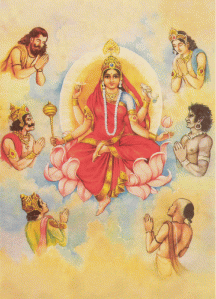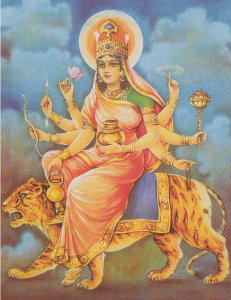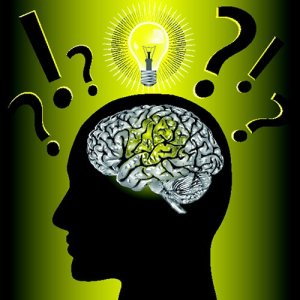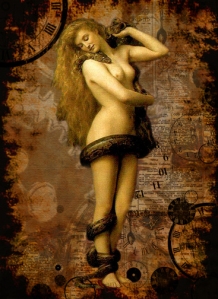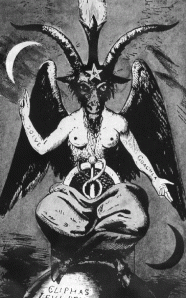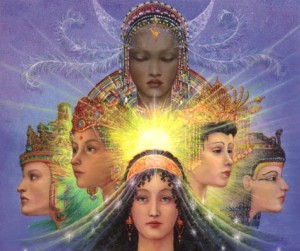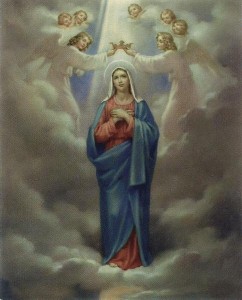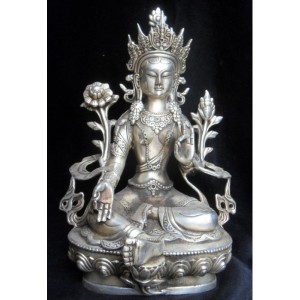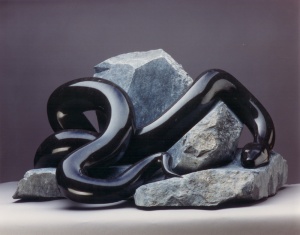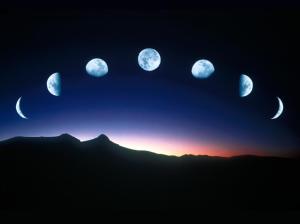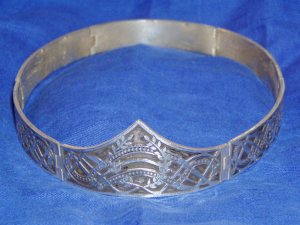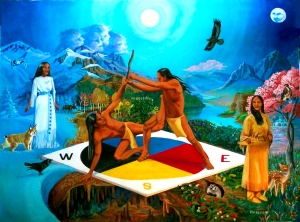I have struggled for many years to make sense of the Daughter in the Filianic tradition. I think it is fair to say that many of my issues with the doctrines of Christianity carried over into my understanding of the Filianic teachings. I could not accept what appeared to be the teaching of “original sin” and the necessity of a sacrificial savioress. While reflecting on my understanding of this Faith and how it has changed over the years, I came across some tidbits I wrote from a personal correspondence many years ago:
I consider myself as Filianic, but I really only worship God as Mother within the Filianic Tradition. God as Mother alone is my personal bhakti.
As far as the Sacrificial Death of the Daughter goes, I would caution against throwing out something with significance that is beyond our understanding. I don’t currently “believe” in the Sacrificial Death of the Daughter, per se, because I do not really understand it at this time, but I don’t think throwing it out of the thealogy entirely without exhausting the possibility of it having no deeper spiritual meaning would be appropriate either.
I suppose one could more accurately have described my path as Déanic as opposed to Filianic. As stated on Chapel of Our Mother God:
Filianists, indeed, regard themselves as Déanists. An often-used formula is: “All Filianists are Déanists, but not all Déanists are Filianists”.
However, most Déanists have at least some relation to the Filianic faith, and in practice the separation between the two is less clear-cut than it might seem. To understand this, we must realize that Déanic/Filianic thealogy is much less “literalist” than Christian theology.
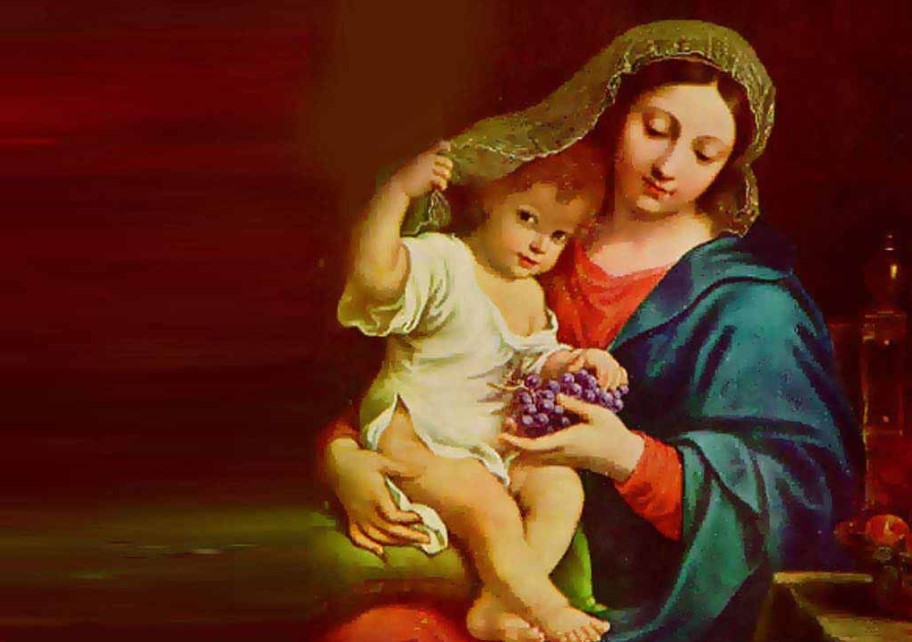
My return to the Faith after a long hiatus (during which I explored general esotericism outside of the context of Filianism) has brought with it a fresh perspective. I’m really grateful to have made peace with the Mythos of Creation and God the Daughter
I came across an interpretation of the Creation Mythos that describes “the fall of maid” not as a moral failing that left all future descendants punished with the taint of original sin, but rather as a necessary separation from the divine perfection of Dea inherent in the condition of manifestation and its unfolding process. The “fall of maid” likewise was not a singular event. There have been various degrees of manifestation through Creation’s process, from the ethereal Satya Yuga to the profane Kali Yuga, each degree more bound to the material world. These degrees progress in a cyclical fashion as opposed to the linear conception of reality promulgated in the modern West. The processes of creation and destruction follow one another. Creation and destruction coincide on a continuous basis and range in magnitude from the Great Inspiration and Expiration at the Beginning and End of Creation to the daily death and birth of the individual cellular units that together form our bodies. In this beautiful matrix of Being is a sign for those who reflect on Her Mysteries.
While the Mother is the Creator, the Daughter is the Sustainer. The Daughter understands the immortality of the unmanifest and the mortality of the manifest simultaneously, for She carried Her Mother’s Light into the dark depths of death and was saved from Hell through the shedding of Her Mother’s tears. She is the union of polarity, the fulcrum balancing Creation and Destruction simultaneously in the powerful moment of the present.
I believe that Dea is ultimately One. Filianists use the language of Mother, Daughter, and Absolute Deity to describe the nature of Her Ultimate Reality in the form of unified polarity understandable to maid. I also believe that Dea and the created are intimately connected through a direct link in the form of the Higher Self. Every created being has a Higher Self through which the unique experience of being an individual is mediated and reconciled via alchemical processes into reunion with the Creator. This relationship is the purest form of Love. I understand the Daughter as this reflection of the Mother in manifest creation. The Higher Self is none other than the spark of the Daughter’s light, a lantern inviting the humble maid into Holy Communion with Her Divine Light:
As it is performed above in the spirit, so is it reflected below in the body and the soul, and through the reflection do earth’s children have part in the Real.
(The Mythos of the Divine Maid, 7:24)
Blessed is She who is the saving grace of maidenkind.
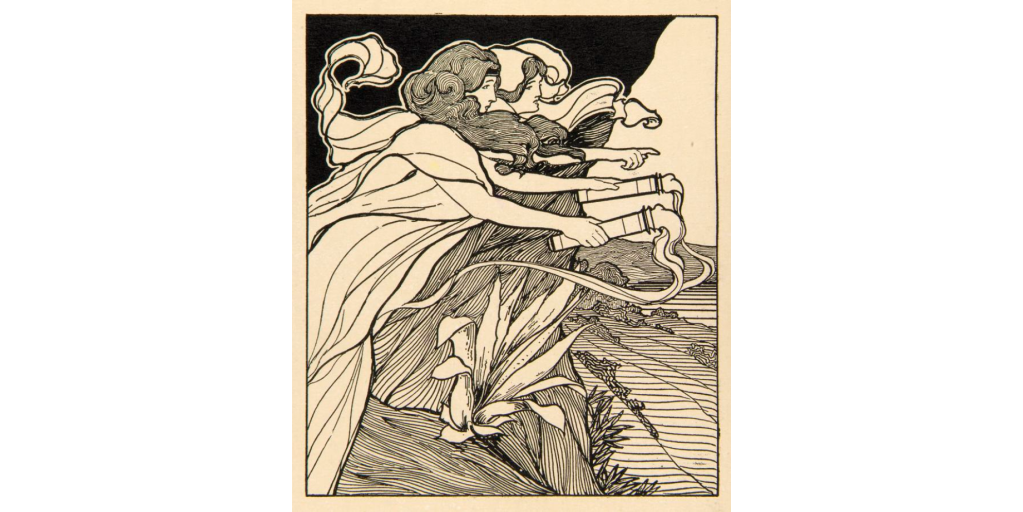
.Sources:
http://www.mother-god.com/filianism.html
http://www.mother-god.com/original-sin.html
“The Sacred Myths and Rites of the Madrians”
“The Gospel of Our Mother God”

